PAKISTAN: Satellite Imagery confirms India missed target in Pakistan airstrike
- European Space Imaging
- 8 March, 2019
A satellite image captured by WorldView-2 on 27 February 2019 confirms that the religious school run by Jaish-e-Mohammed in northeastern Pakistan appears to still be standing days after India claimed its warplanes hit the Islamist group’s training camp on the site.
India announced last week that it had destroyed the suspected Pakistan-based terror camp in its first airstrike on its neighour since 1971. However as seen in the very high resolution satellite imagery released by European Space Imaging, no evidence of damaged infrastructure or casualties at the site can be found.
“Geospatial intelligence plays a crucial role within the defence and intelligence sector and can be used to safely assess what is happening on the ground in conflict areas,” said Managing Director Adrian Zevenbergen. “With very high resolution imagery we can see the picture in more detail. The image captured with Worldiew-2 of the buildings in question shows no evidence of a bombing having occurred. There are no signs of scorching, no large distinguishable holes in the roofs of buildings and no signs of stress to the surrounding vegetation”.
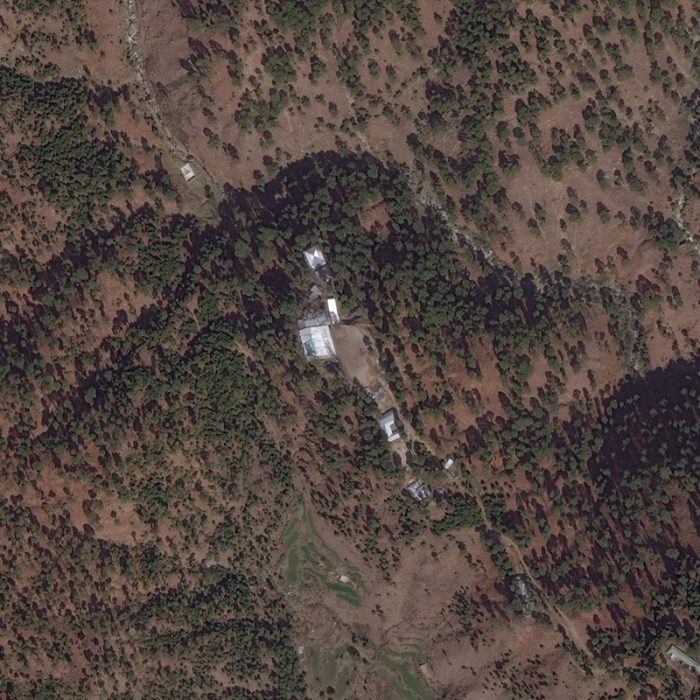
Satellite image at 50 cm resolution showing madrasa buildings still standing at the site of Indian bombing.
Satellite Imagery © 2019 DigitalGlobe, A Maxar Company – provided by European Space Imaging
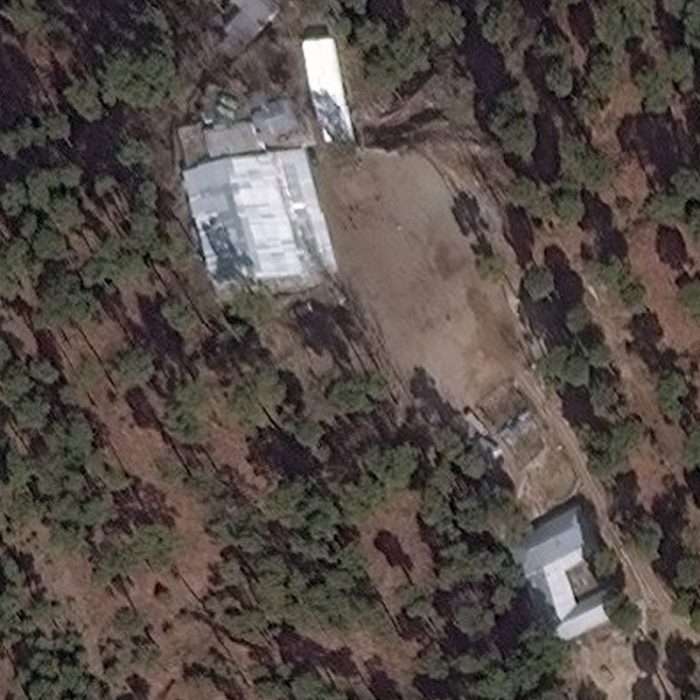
Close up view of northeastern Pakistan showing madrasa buildings still standing at the site of Indian bombing.
Satellite Imagery © 2019 DigitalGlobe, A Maxar Company – provided by European Space Imaging
Related Stories
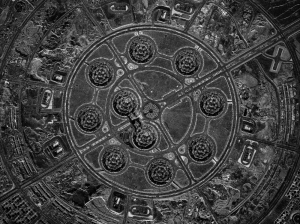
What is SAR Imagery? Introduction to Synthetic Aperture Radar
SAR imagery enables all-weather monitoring, penetrates dry soil, and offers resolution as high as 25 cm. Thanks to that, it’s invaluable for applications like emergency response, defence and intelligence, or agriculture. How does SAR work? What are its advantages and limitations? And what other data sources can you integrate it with? Read the article to learn more.

Enhancing Critical Applications With A Combined Optical and SAR Approach
For the first time in history, users can schedule synchronised collections of 25 cm SAR and 30 cm Near Real-Time optical imagery to mitigate weather and gain deeper insights of events unfolding on the ground. This is especially valuable for Emergency Response, GEOINT and other applications.
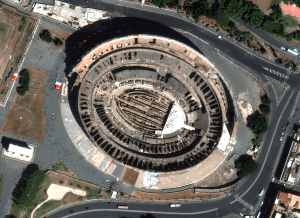
18 European Landmarks in Satellite Images
Satellite sensors captured unique architecture, breathtaking nature and centuries of history. Explore the Colloseum, La Sagrada Familia, the Leaning Tower of Pisa, and other landmarks.
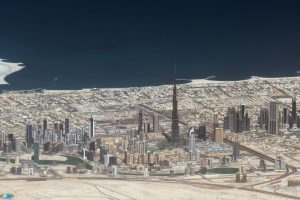
Understanding ONA in Satellite Imagery: What is Off Nadir Angle and What Is It Used For?
Off Nadir Angle (ONA) plays a crucial role in the quality of optical satellite imagery. It influences its resolution and clarity, decides the visibility of features, and makes it easier or harder to identify objects. Moreover, ONA is used to create stereo imagery and 3D models of the Earth’s surface. Read on to learn more.





